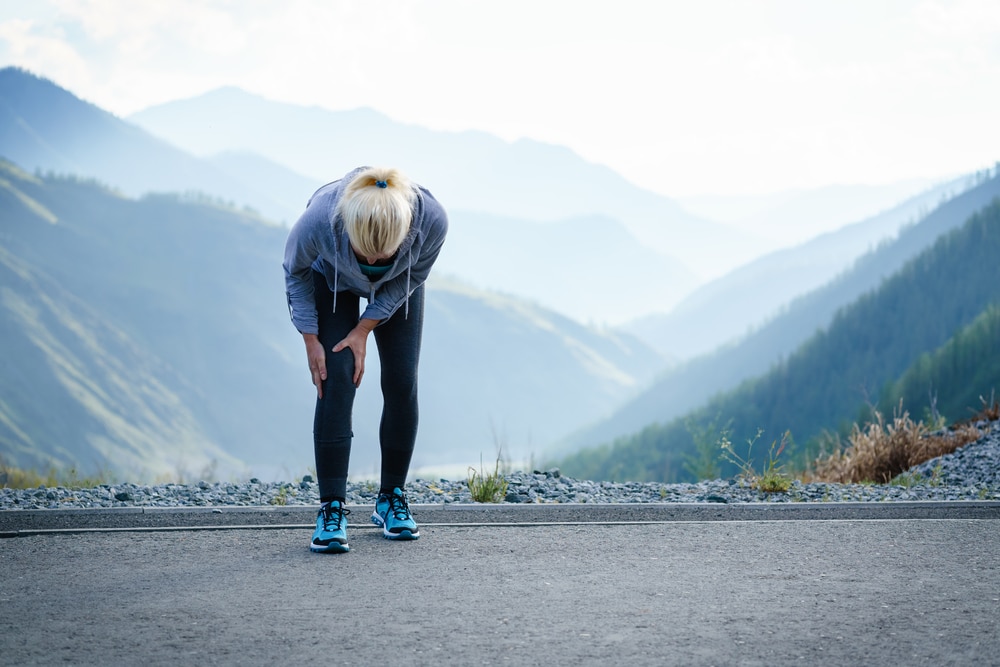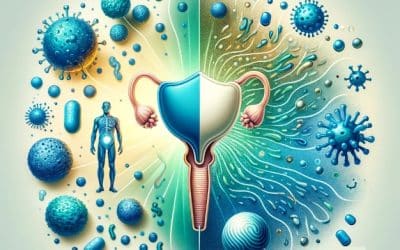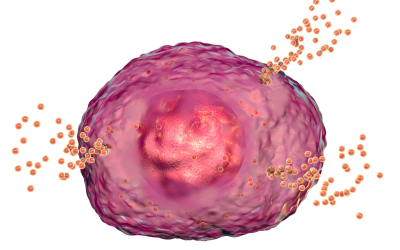Having worked in the fitness industry for over 15 years and helping people with their weight loss goals, I always wondered what role exercise had on inflammation and aging. In obesity, various mechanisms are thought to contribute to a low- grade inflammation within the fat tissue affecting the development of several secondary diseases of aging such as metabolic syndrome, insulin resistance (IR), diabetes, arterial hypertension, and autoimmune diseases (Schmidt et al., 2015). Most importantly, exercise is demonstrating to help modulate the inflammatory processes associated with aging (inflammaging). Two to four- fold elevations in circulating levels of pro-inflammatory cytokines such as IL-6, TNF-a, and acute phase proteins such as CRP and serum amyloid A (SAA) are typical in the elderly when compared to the young, in the absence of chronic disease. Significant declines in immune function with aging promote inflammation, which can increase the prevalence of conditions associated with “inflammaging” such as hypertension, CV disease, and neurodegeneration. Aging is also associated in increases in circulating levels of reactive oxygen specie (ROS), decline in antioxidant capacity and increase in oxidative stress (Woods, Wilund, Martin, & Kistler, 2012). “While transient inflammation is necessary for recovery from injury and infection, it has been hypothesized that the excessive inflammation in aging may also be caused by an exaggerated acute-phase response that may be a cause or consequence of a delayed recovery from an insult that promotes inflammation” (Woods et al., 2012). This is often seen in failure to completely resolve an immune response or can often been seen in an exaggerated immune response and impaired clearance of the immune mediators.
Exercise has a strong influence on the levels of pro-inflammatory cytokines (Gleeson et al., 2011). In fact there is a strong relationship to BMI that may indicate that the decrease in inflammatory molecules may be related to decrease in visceral fat. Additionally, physical activity may further mitigate inflammation by improving endothelial function, increasing insulin sensitivity, enhancing liver health and increasing blood vessel growth and blood flow.
Various mechanisms are involved in exercise’s role in lowering inflammation, some of them are listed below:
- Reduction in visceral mass-as mentioned early, a reduction in visceral mass has an indirect effect of being able to decrease inflammation, since accumulation of fat in the omentum, liver and muscles, as well as the expansion of adipose tissue, results in enhanced production of certain inflammatory mediators. Therefore loss of visceral fat can result in reduction in inflammation (Gleeson et al., 2011).
- Release of IL-6 from working muscles-A fall in muscle glycogen content with exercise signals the muscles to secrete IL-6 (a pro-inflammatory cytokine), which stays high during the duration of exercise. However, this also initiates a rise in anti-inflammatory cytokines IL-10 and IL-1RA to minimize the effects on the tissue. Also, it was interesting that you really need 2.5 hours or more of strenuous exercise to get a significant elevation of IL-6, which may partially explain why marathon runners may have suppressed immune systems (Gleeson et al., 2011).
- Increased levels of cortisol and adrenaline-IL-6 stimulates the release of cortisol, which is smaller doses, can have anti-inflammatory effects. It should be pointed out that too much cortisol secretion from the adrenal glands can create a chronic state of inflammation as well, so this could also be a dose dependent phenomenon (Gleeson et al., 2011).
- Reduction in oxidative stress-Regular exercise can reduce oxidative stress by up-regulating endogenous anti-oxidant defense systems, mitigating the damage from overproduction of oxidants such as nitric oxide, peroxynitrate and hydroxyl radicals during aging (Woods et al., 2012
- Resistance training can reduce TNF–a-Muscle protein synthesis was inversely related to TNF-a as demonstrated in the effects of TNF-a genes after 3 months of resistnace training (Woods et al., 2012).
- Vagus nerve stimulation– Stimulation of the parasympathetic nervous system via the vagus nerve can inhibit pro-inflammatory cytokine production and protects against systemic inflammation (Woods et al., 2012). “hey referred to this pathway as the “cholinergic anti-inflammatory pathway,” and described it as a central homeostatic mechanism by which the sympathetic division of the autonomic nervous system stimulates the inflammatory response through the release of epinephrine and norepinephrine, while the parasympathetic nervous system works reciprocally to suppress this release of proinflammatory cytokine” (Woods et al., 2012). This is often evidenced by a decrease in heart rate recovery (HRR) and heart rate variability (HRV) since one of the primary functions of the vagus nerve is to control heart rate (Woods et al., 2012).
- Activation of HPA-axis– Exercise can activate the HPA axis and sympathetic nervous system. This can be due to cortisol’s potent anti-inflammatory effects and catecholamines that can inhibit pro-inflammatory cytokines (Woods et al., 2012)..
“In summary, exercise training is known to have beneficial effects across a broad spectrum of organ systems and its anti-inflammatory actions are complicated by the intricate interplay among organs and cytokines” (Woods et al., 2012). Exercise prescriptions are definitely a necessary element in any protocol that involves optimizing health, reducing inflammation and slowing down inflammatory diseases of stress and aging such what this patient is experiencing.
For more information on how IC Healer can help you , Book a Discovery Call today.
Sign up for my FREE GUIDE
References
Gleeson, M., Bishop, N. C., Stensel, D. J., Lindley, M. R., Mastana, S. S., & Nimmo, M. A. (2011). The anti-inflammatory effects of exercise: mechanisms and implications for the prevention and treatment of disease. Nat Rev Immunol, 11(9), 607-615. doi:10.1038/nri3041
Part 2 of 2: Inflammation and Exercise: friend or foe? (2011, August 25). Retrieved 2018, May 2 from https://inscientioveritas.org/inflammation-and-exercise/ (Links to an external site.) (Links to an external site.)
Schmidt, F. M., Weschenfelder, J., Sander, C., Minkwitz, J., Thormann, J., Chittka, T., . . . Himmerich, H. (2015). Inflammatory cytokines in general and central obesity and modulating effects of physical activity. PLoS ONE, 10(3), e0121971. doi:10.1371/journal.pone.0121971
Woods, J. A., Wilund, K. R., Martin, S. A., & Kistler, B. M. (2012). Exercise, inflammation and aging. Aging Dis, 3(1), 130-140.








